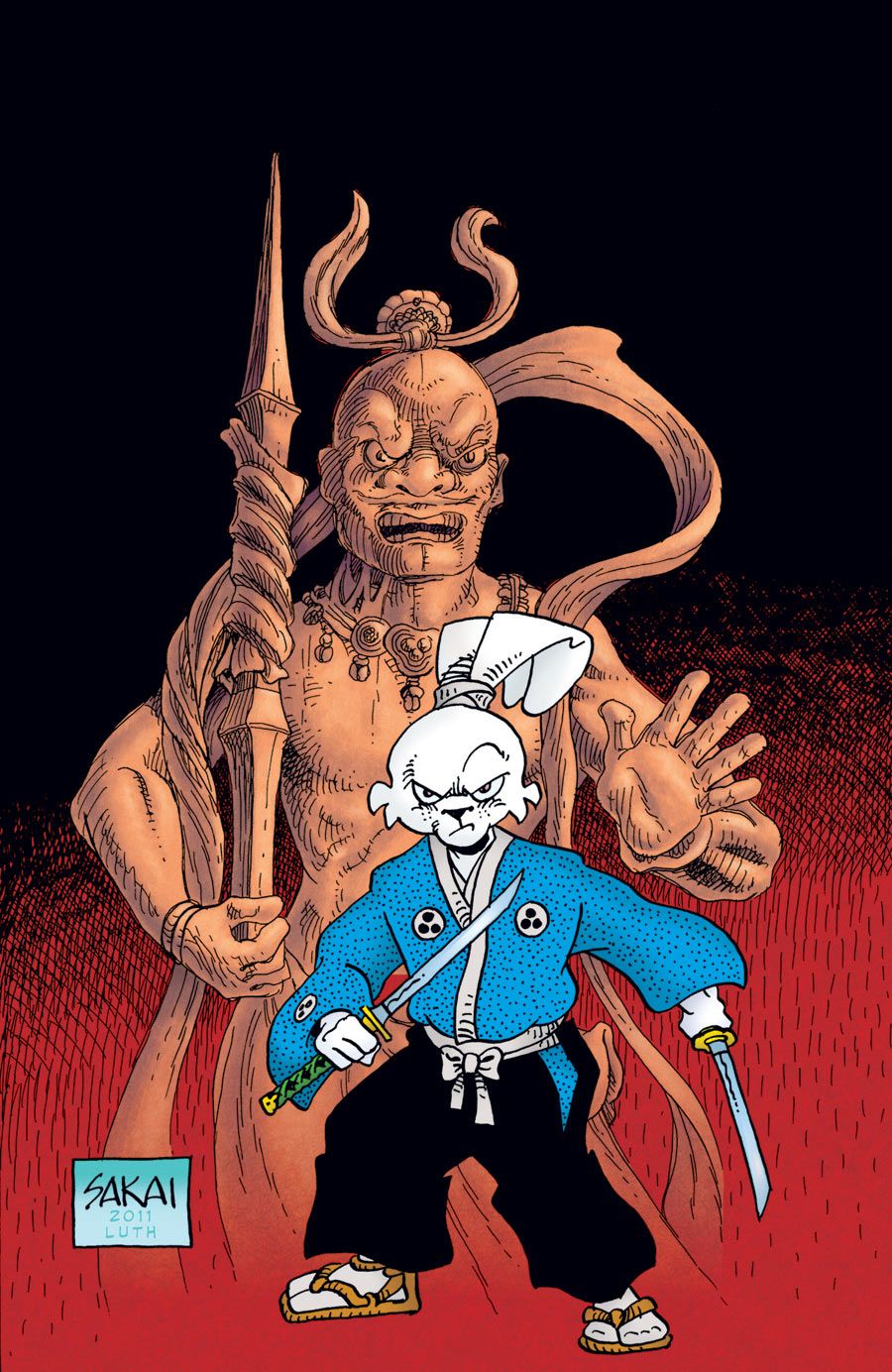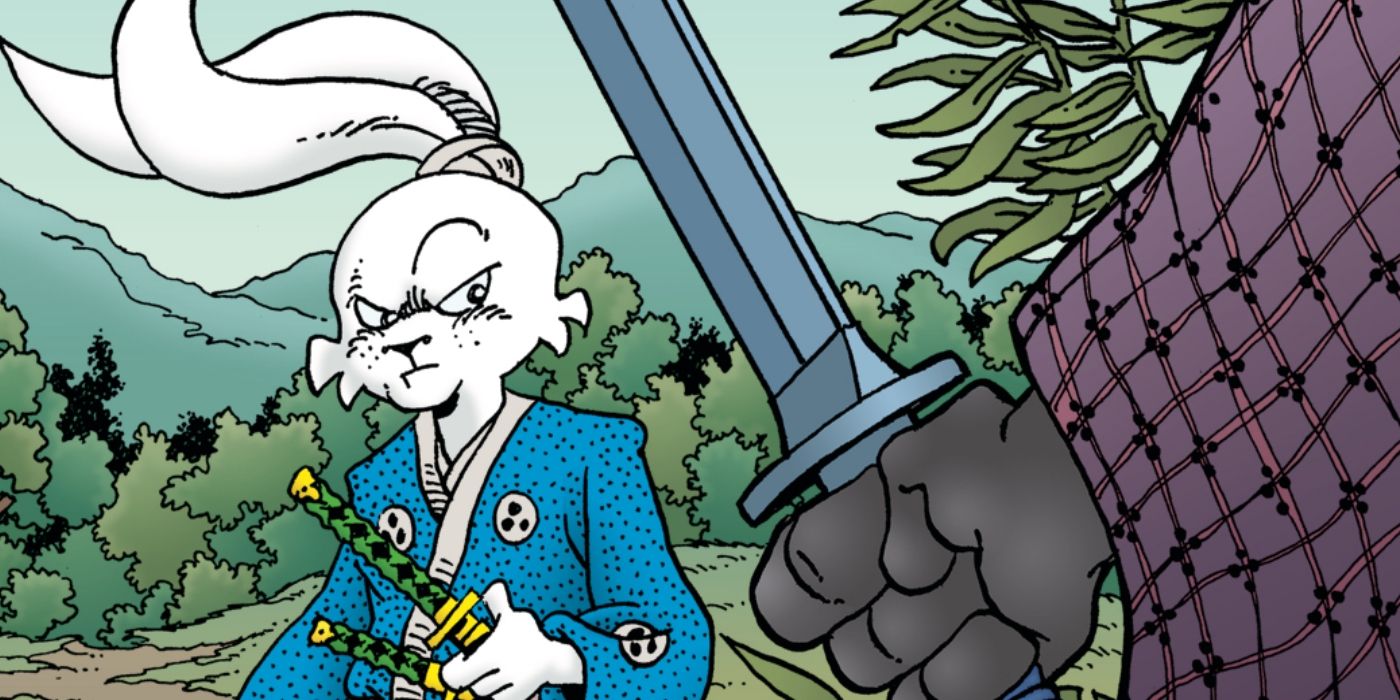


Westerns have been done over and over again,Īnd in the process a kind of grammar has evolved. Kurosawa was entirely forthcoming about his influences. Just as they would have been had John Wayne galloped in on The townspeople, of course, are saved in the process, Work with Shimura, then shrewdly orchestrates a situation that leads to a "yojimbo.") After studying how the two men operate, Sanjuro accepts Of the situation by hiring himself out to Fujiwara as a bodyguard (or Sanjuro, a warrior who's seen it all, takes advantage Sake merchant, both of whom are brutal tyrants who will stop at nothing to The town's factions are lead by Fujiwara, a silk merchant, and Shimura, a Samurai who happens upon a town that's in the midst of a mini civil war. Kurosawa regular Toshiro Mifune (he starred in 16 of the director's filmsīefore they had an unfortunate falling out) plays Sanjuro Kuwabatake, a traveling With a little bit of cultural retooling, translate smoothly into all Leone as A Fistful of Dollars (1964), proving yet again that genre pictures, Is so steeped in Westerns, it was eventually recycled by Italy's Sergio Shane (1953) to High Noon (1952) while retaining the evocative Old World flavor of Kurosawa's more emotionally sophisticated films. Its dusty streets and man-to-man standoffs echo everything from Unexpectedly witty samurai yarn that owes a great deal to classic Hollywood Kurosawa's most financially successful film was Yojimbo (1961), an Share Rashomon (1950) and Ikiru (1952) may be cinematic poetry, but Akira After contemplating the piles of corpses strewn about, Sanjuro bids goodby to Gonji and the coffin maker and leaves town. In a duel with the armed Unosuke, Sanjuro prevails, and goes on to kill the rest of his enemies. Learning that Gonji has been captured, Sanjuro returns to town and finds the two factions burning homes and killing each other. Gonji, the local innkeeper and sake seller, helps Sanjuro escape to a hut on the outskirts of town. Unosuke learns of Sanjuro's betrayal and has him captured and beaten. Pretending to ally himself with Unosuke, Sanjuro secretly kills several of his men while helping a ravaged farmer, Kohei, to escape. The situation becomes more volatile when Unosuke (Ushitora's younger brother) arrives with a pistol, the only gun in town.

He turns down the offer, though, when he learns that Seibei intends to kill him after a battle they are planning, and instead Sanjuro tries to cause the two factions to destroy each other. He needs money for food and lodging, however, and he considers Seibei's offer of 50 ryo to be his yojimbo (bodyguard). Upon learning that the village is divided into two warring camps (one led by merchant Tazaemon and his henchman Seibei, the other by Tokuemon and his cohort Ushitora), Sanjuro calmly surveys the situation and concludes that neither side is worth defending. One of their number, unemployed Sanjuro, arrives in a village. The pair parted ways professionally in 1965.With the fall in the 19th century of Japan's feudal lords, samurai suddenly find that their services are no longer in demand.

But it is Kurosawa’s greatest films that are most unimaginable without Mifune’s bravado streaking across them like lightning. Mifune is known for more than his work with Kurosawa see him in Hiroshi Inagaki’s Oscar-winning Samurai Trilogy and Masaki Kobayashi’s Samurai Rebellion. Mifune proceeded to inhabit a variety of deeply felt roles for Kurosawa, including an artist hounded by paparazzi ( Scandal) a bandit who may or not be a rapist and murderer ( Rashomon) a loose cannon ronin who reluctantly protects a village ( Seven Samurai) an elderly patriarch terrified of a second nuclear attack ( I Live in Fear) and, probably most iconically, the wily, shiftless samurai Yojimbo. Just one year later, Kurosawa gave him the lead in Drunken Angel as a consumptive gangster. Kurosawa first took note of the handsome actor when Mifune was twenty-seven, during an open audition at Toho Studios he was soon cast in Snow Trail (1947), a film Kurosawa wrote for director Senkichi Taniguchi. Toshiro Mifune needed only three feet.” The filmmaker certainly gave Mifune a lot of space, however: over the course of sixteen collaborations, the actor and the director created some of the most dynamic characters ever put on-screen, all marked by an intense physicality and a surprising tenderness. Akira Kurosawa once said, “The ordinary Japanese actor might need ten feet of film to get across an impression.


 0 kommentar(er)
0 kommentar(er)
